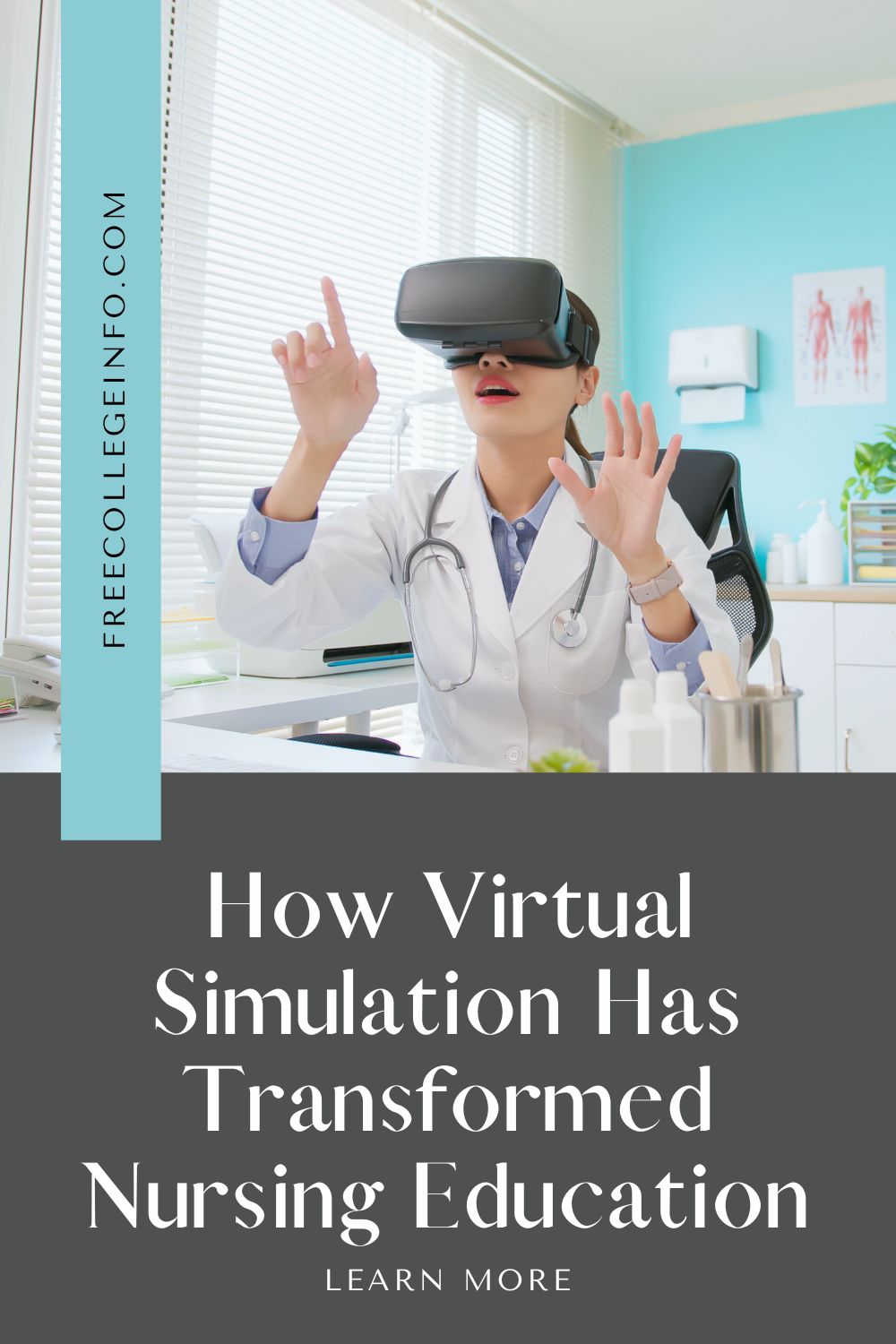Nurses are essential to the healthcare system and their roles have become increasingly complex. To adequately prepare nurses for the demands of modern nursing, nursing education has been incorporating virtual simulation technology into its curriculum. Let’s explore how virtual simulation is changing the way nurses learn and why it’s being hailed as a revolutionary educational tool.
The world of nursing is ever-changing. As technology advances in healthcare, so must the methods used to educate nurses. One such method that has grown in popularity over the past decade is virtual simulation. But what exactly is virtual simulation and why does it matter? Let’s take a look at how virtual simulations are changing the way we teach nurses.
In this post:
What Is Virtual Simulation?
Virtual simulation is a computer-based environment that allows learners to practice real-world scenarios without the risks associated with actual patient care. It enables students to safely practice skills and gain experience in a risk-free environment. The simulations allow them to interact with lifelike simulated patients, providing them with an opportunity to apply their knowledge, analyze situations, and make decisions quickly and accurately.
Virtual simulation is a tool used to teach nursing students through interactive computer programs. These programs allow students to practice a variety of scenarios in a safe, controlled environment without putting patients at risk. Additionally, the use of virtual simulators can reduce costs associated with traditional nursing education practices such as lab time or mannequin training.
In addition to providing an improved learning experience, virtual simulations have been shown to increase student engagement and retention of material when compared to traditional teaching methods. This increased engagement leads to better prepared graduates who enter into their field with more confidence and knowledge than those who were taught using other methods.
Benefits of Virtual Simulation
Virtual simulations offer several advantages over traditional teaching methods including cost savings, improved student engagement, and reduced risk for patients since there are no real-life scenarios taking place during training sessions. Additionally, because these programs can be tailored to fit any scenario or skill level, they can be adjusted as needed without having to purchase additional resources like you would with real-life training materials. Finally, virtual simulations can provide immediate feedback on performance which allows for more accurate assessment of student progress throughout their education process.
The number one benefit of virtual simulation for nursing students is that it provides a safe learning environment where students can practice skills without fear of making mistakes or causing harm. Additionally, virtual simulation provides students with an opportunity to apply what they have learned in real-world situations. Students can practice techniques such as patient assessment, diagnosis, treatment planning, medication administration, and more without worrying about the consequences of their mistakes. Overall, virtual simulations are far more cost effective than traditional clinical programs which require additional resources such as instructors and equipment.
How Virtual Simulation Is Changing Nursing Education

Virtual simulation technology has enabled nursing educators to create comprehensive learning experiences that prepare nurses for the realities of practicing medicine in today’s world. By allowing learners to experience realistic scenarios with lifelike simulated patients, educators can ensure that their students are better prepared for the complexities of caring for actual patients. Moreover, by providing learners with an opportunity to practice safely in a risk-free environment, educators can reduce stress levels among learners while also helping them build confidence in their abilities as healthcare professionals.
Conclusion
Virtual simulation technology has revolutionized nursing education by allowing learners to experience realistic scenarios with lifelike simulated patients in a safe learning environment where they can hone their skills without fear of making mistakes or causing harm. As this technology evolves and becomes more widely available, nurses will be better prepared for the realities of caring for actual patients while also gaining valuable hands-on experience without any added costs or resources required from the school or program offering it. With virtual simulation becoming increasingly popular among nursing educators around the world, it’s clear that this revolutionary educational tool is here to stay!




